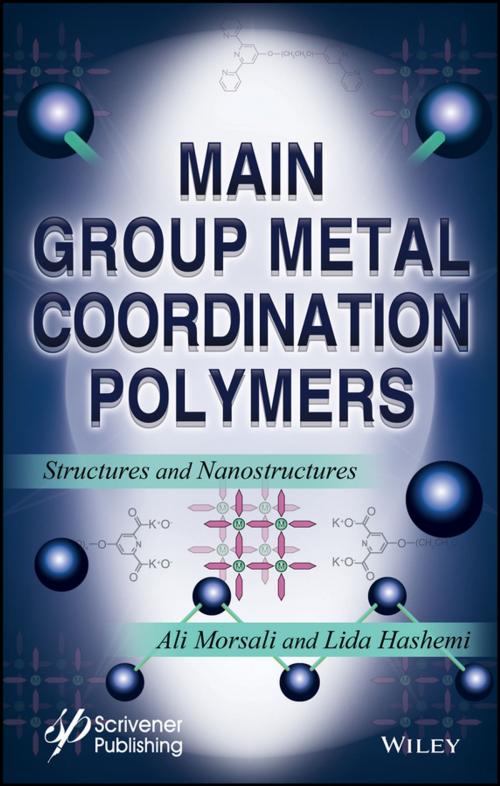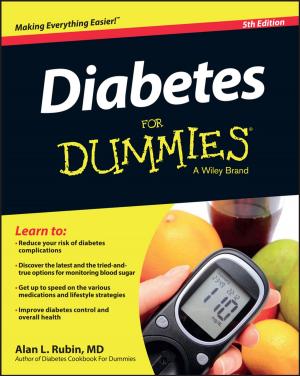Main Group Metal Coordination Polymers
Structures and Nanostructures
Nonfiction, Science & Nature, Science, Chemistry, Organic| Author: | Ali Morsali, Lida Hashemi | ISBN: | 9781119370765 |
| Publisher: | Wiley | Publication: | February 21, 2017 |
| Imprint: | Wiley-Scrivener | Language: | English |
| Author: | Ali Morsali, Lida Hashemi |
| ISBN: | 9781119370765 |
| Publisher: | Wiley |
| Publication: | February 21, 2017 |
| Imprint: | Wiley-Scrivener |
| Language: | English |
Coordination polymer is a general term used to indicate an infinite array composed of metal ions which are bridged by certain ligands among them. This incorporates a wide range of architectures including simple one-dimensional chains with small ligands to large mesoporous frameworks. Generally, the formation process proceeds automatically and, therefore, is called a self-assembly process. In general, the type and topology of the product generated from the self-assembly of inorganic metal nodes and organic spacers depend on the functionality of the ligand and valences and the geometric needs of the metal ions used. In this book the authors explain main group metal coordination polymer in bulk and nano size with some of their application, synthesis method and etc, The properties of these efficient materials are described at length including magnetism (long-range ordering, spin crossover), porosity (gas storage, ion and guest exchange), non-linear optical activity, chiral networks, reactive networks, heterogeneous catalysis, luminescence, multifunctional materials and other properties.
Coordination polymer is a general term used to indicate an infinite array composed of metal ions which are bridged by certain ligands among them. This incorporates a wide range of architectures including simple one-dimensional chains with small ligands to large mesoporous frameworks. Generally, the formation process proceeds automatically and, therefore, is called a self-assembly process. In general, the type and topology of the product generated from the self-assembly of inorganic metal nodes and organic spacers depend on the functionality of the ligand and valences and the geometric needs of the metal ions used. In this book the authors explain main group metal coordination polymer in bulk and nano size with some of their application, synthesis method and etc, The properties of these efficient materials are described at length including magnetism (long-range ordering, spin crossover), porosity (gas storage, ion and guest exchange), non-linear optical activity, chiral networks, reactive networks, heterogeneous catalysis, luminescence, multifunctional materials and other properties.















